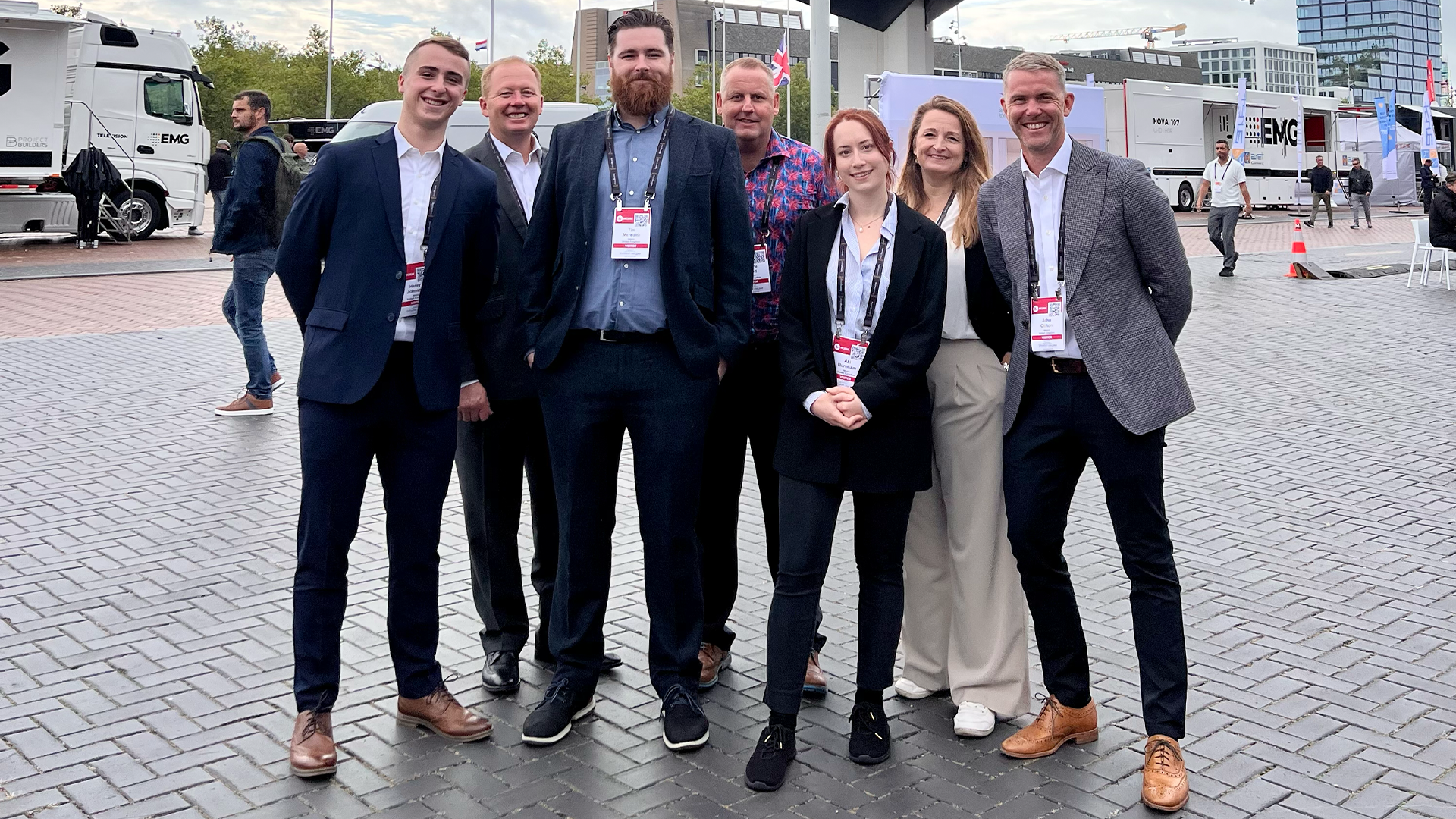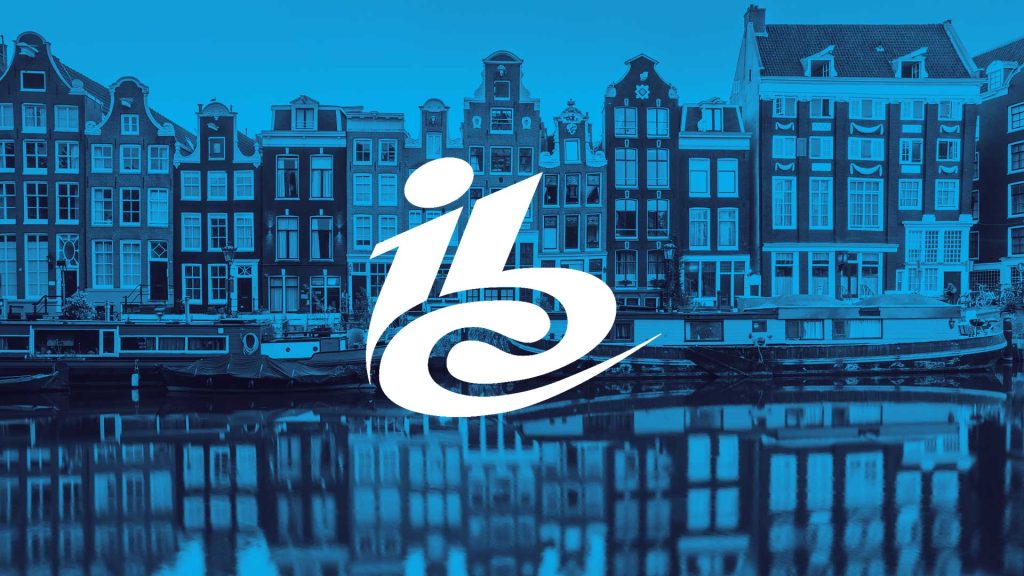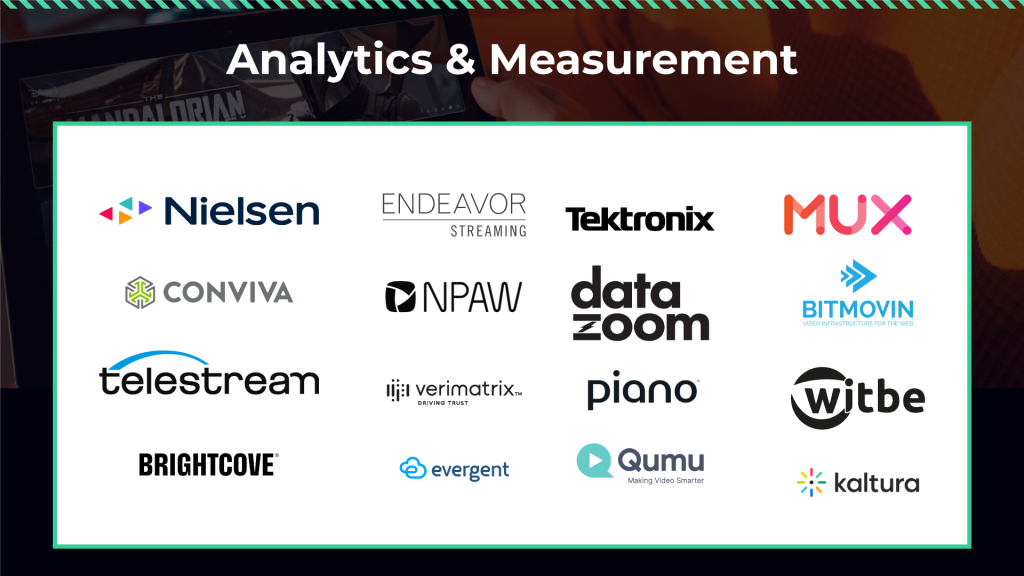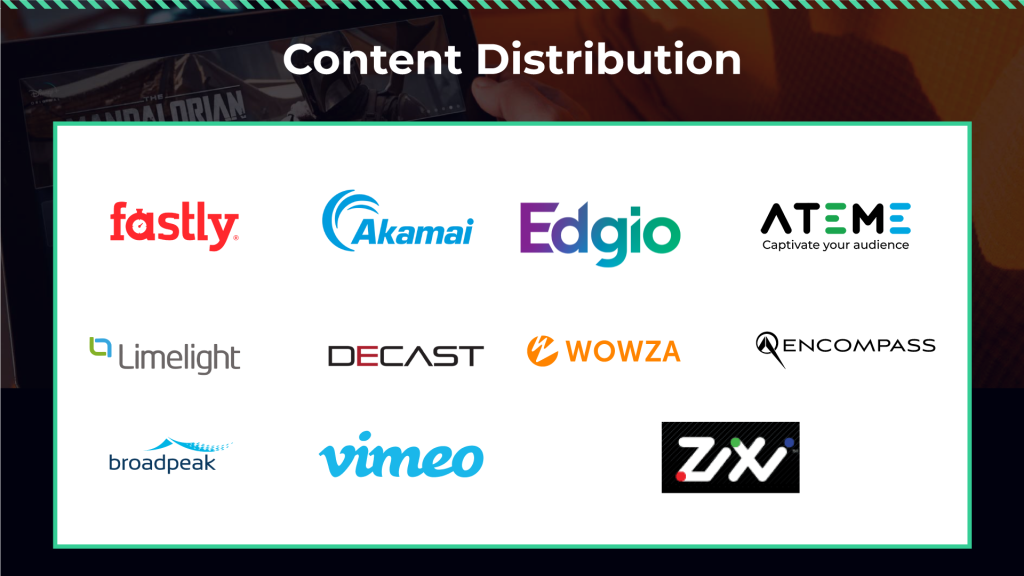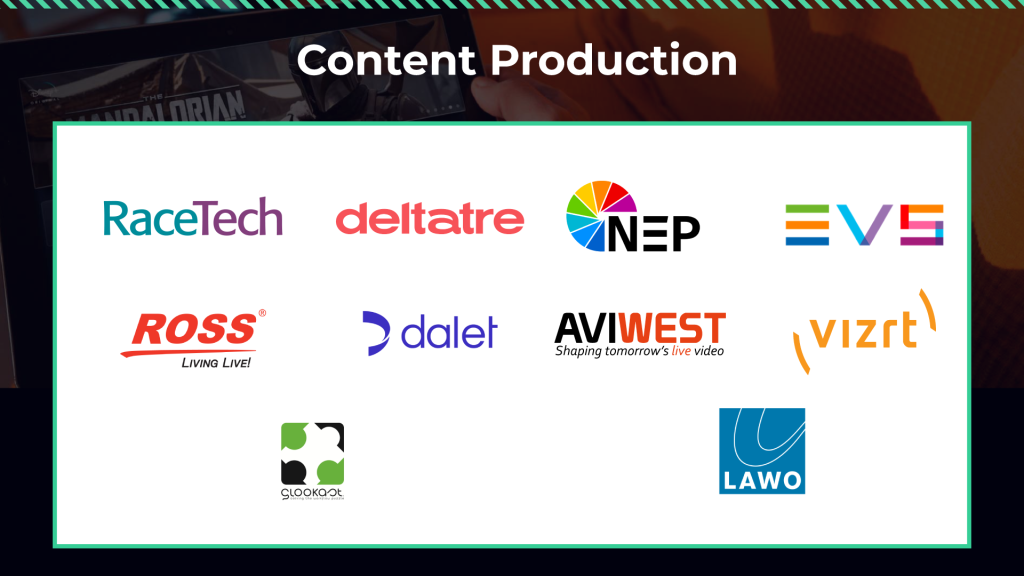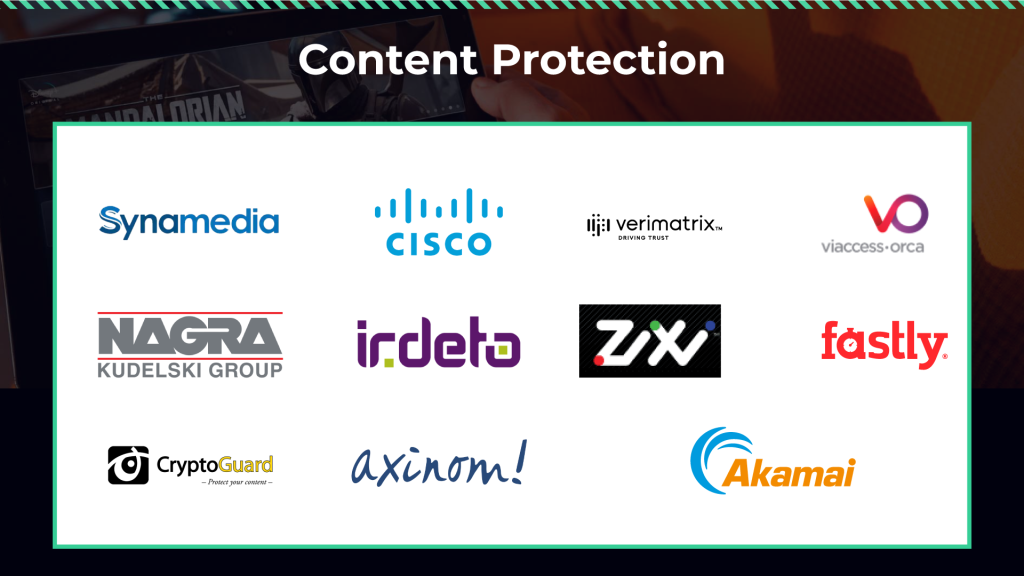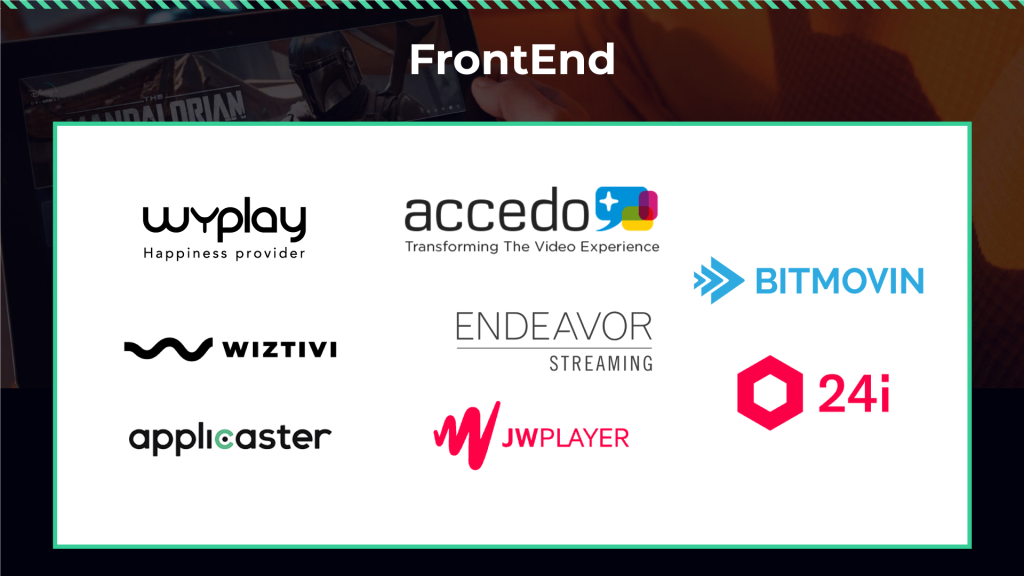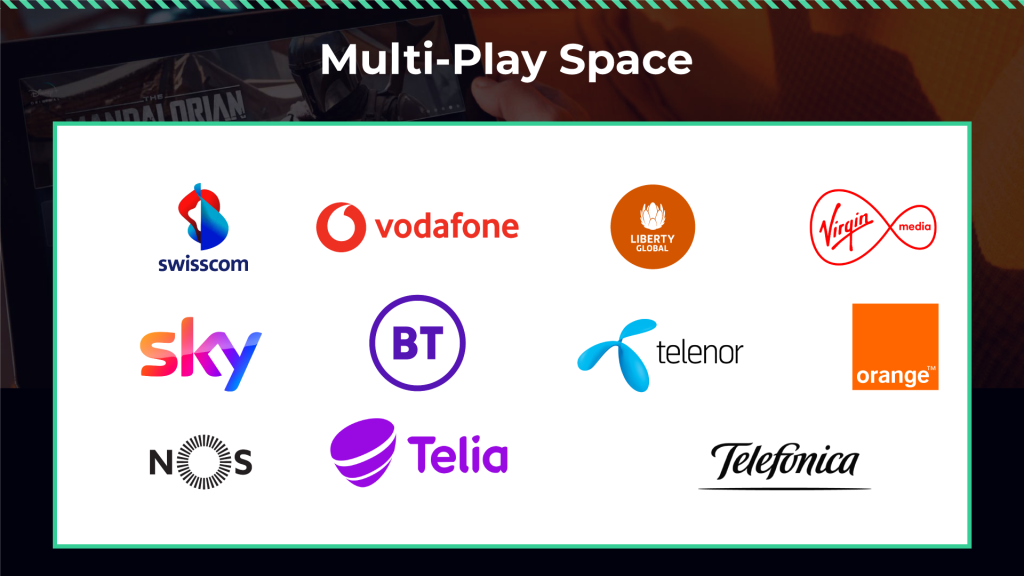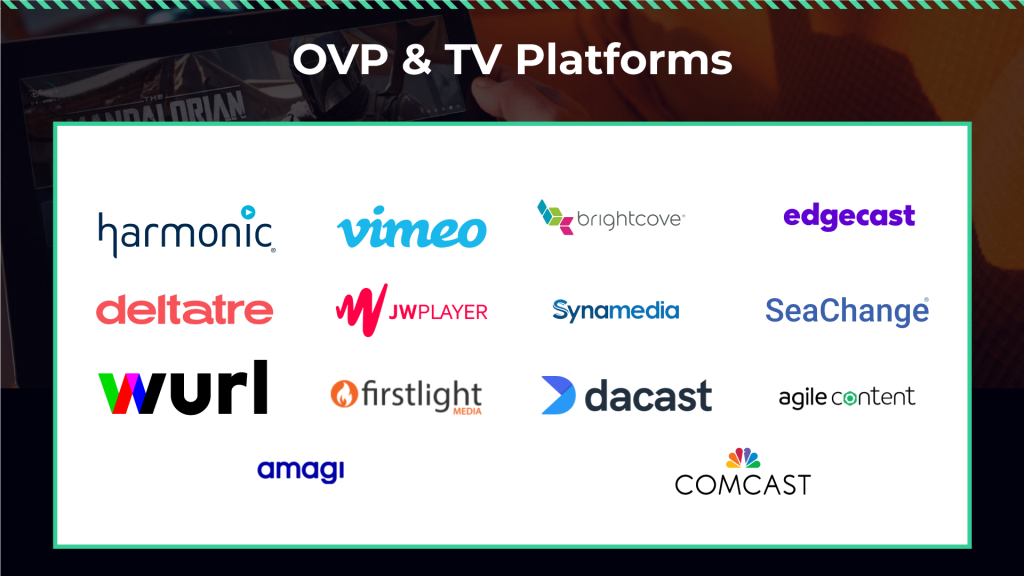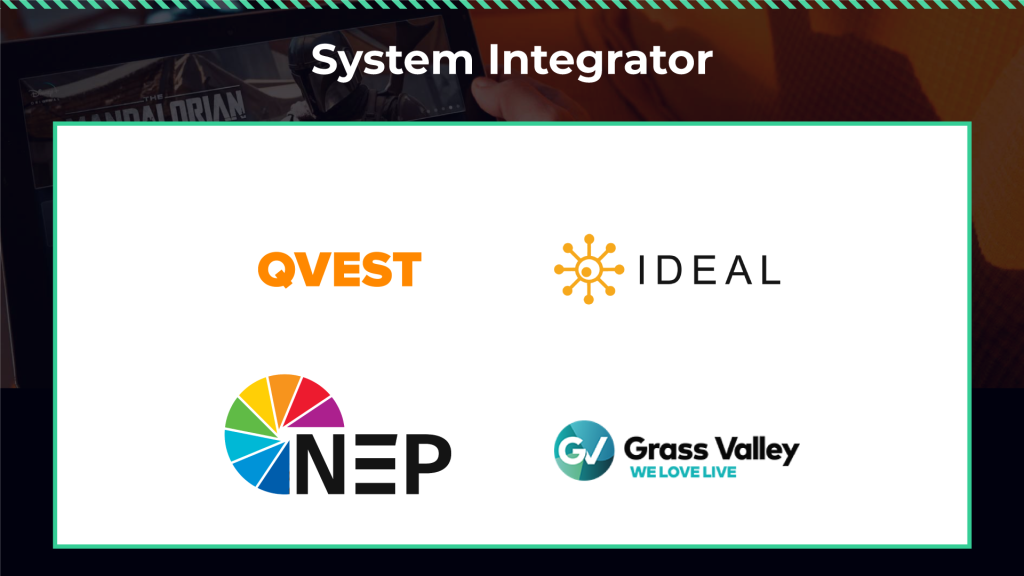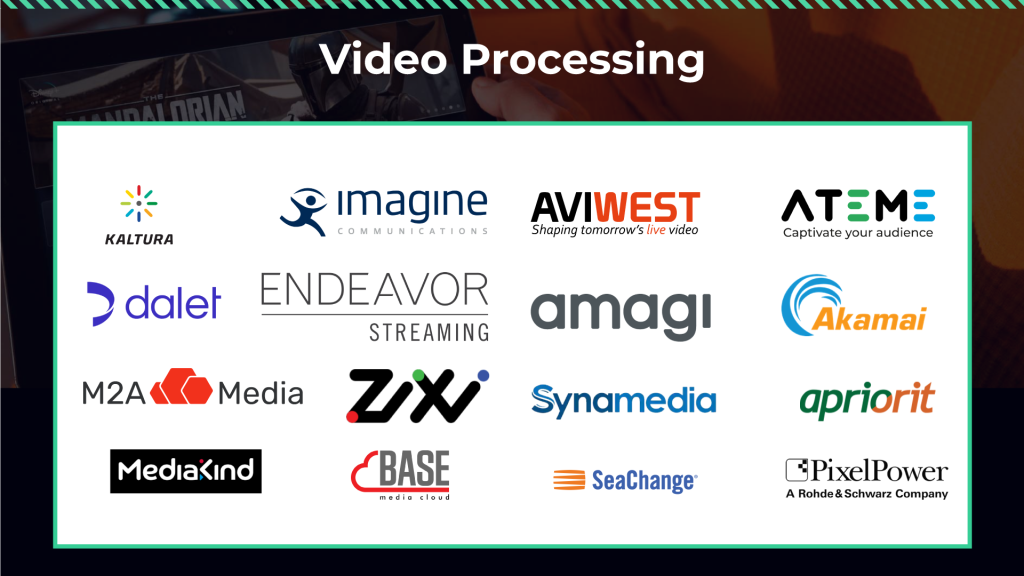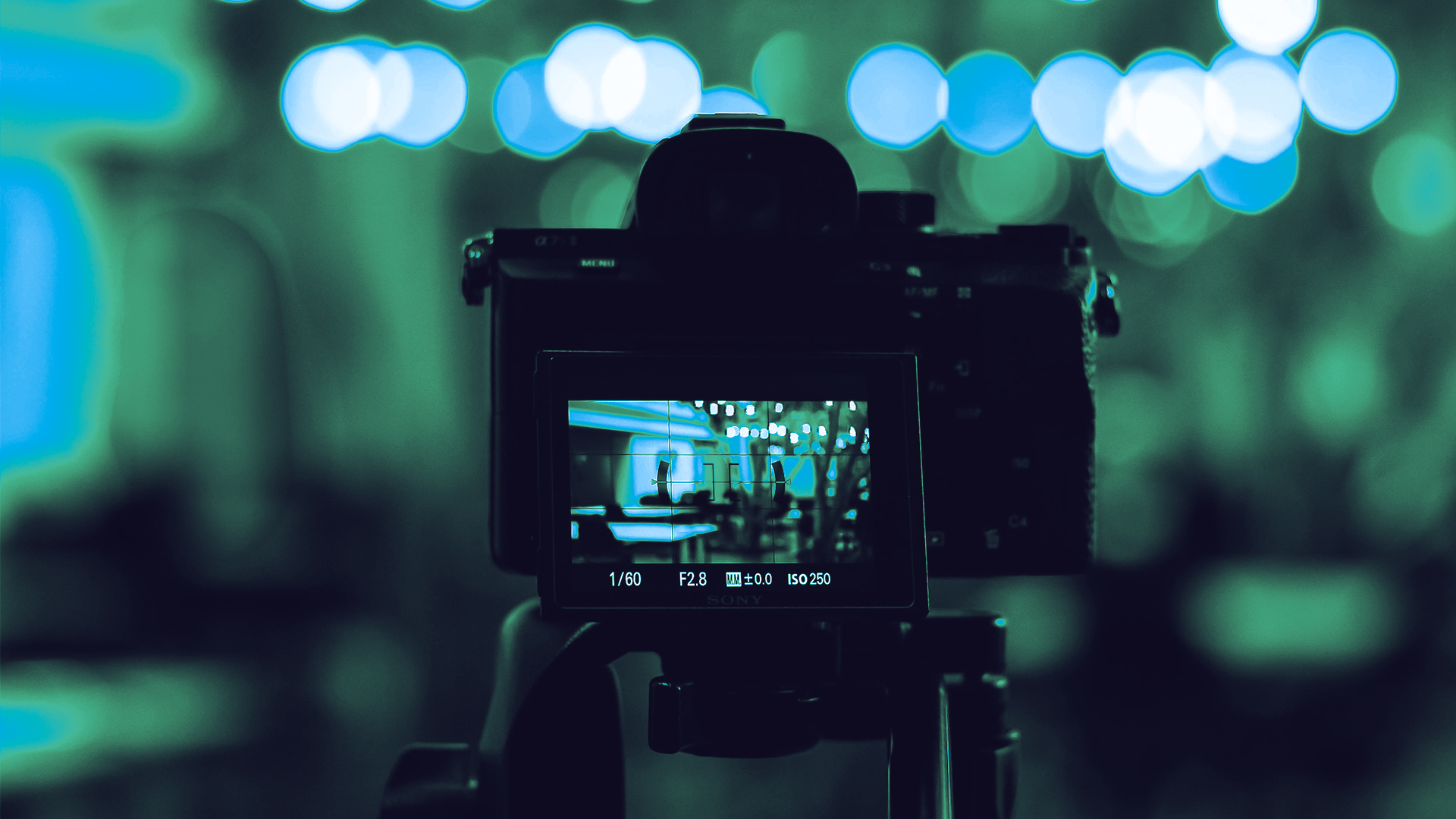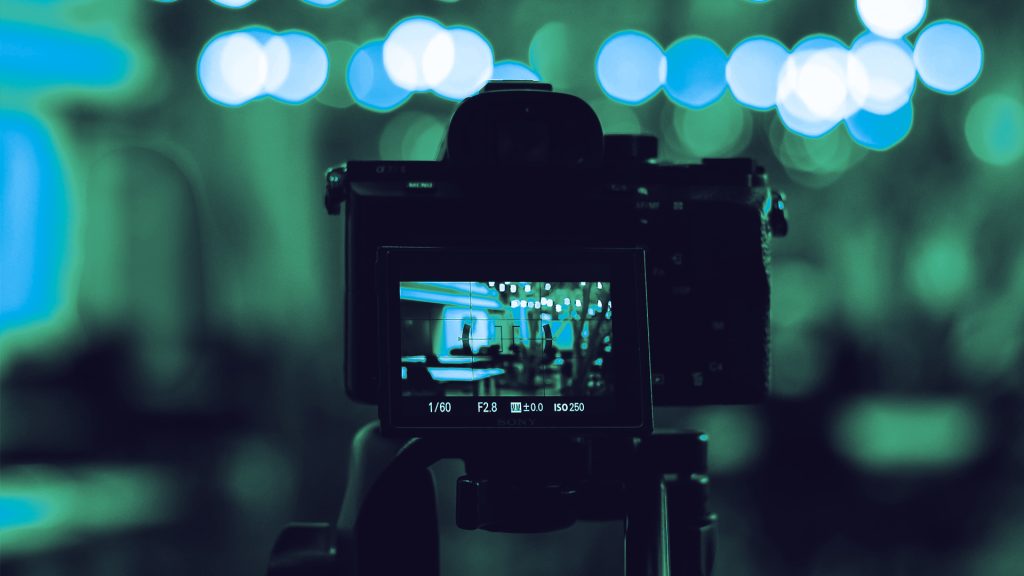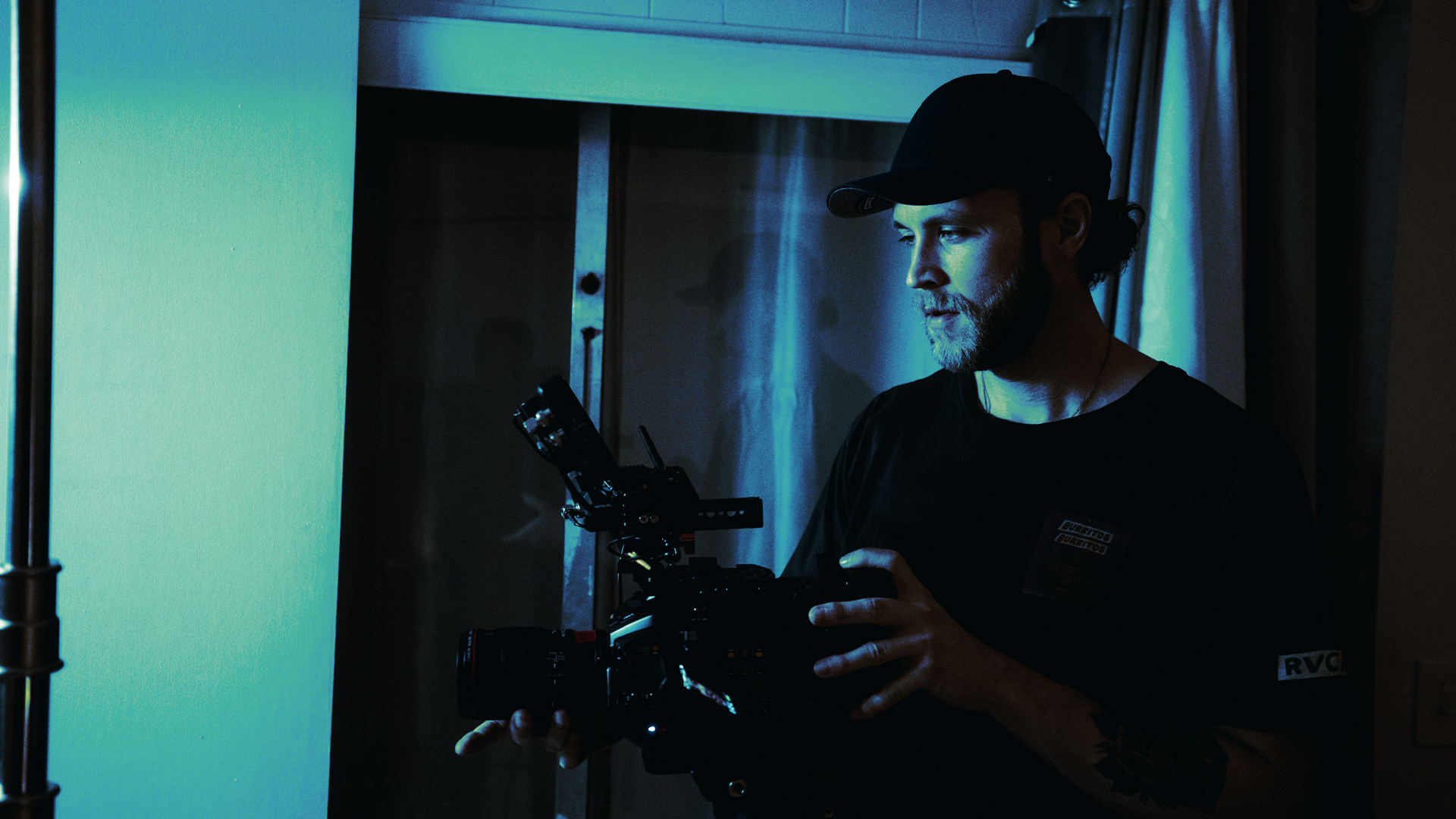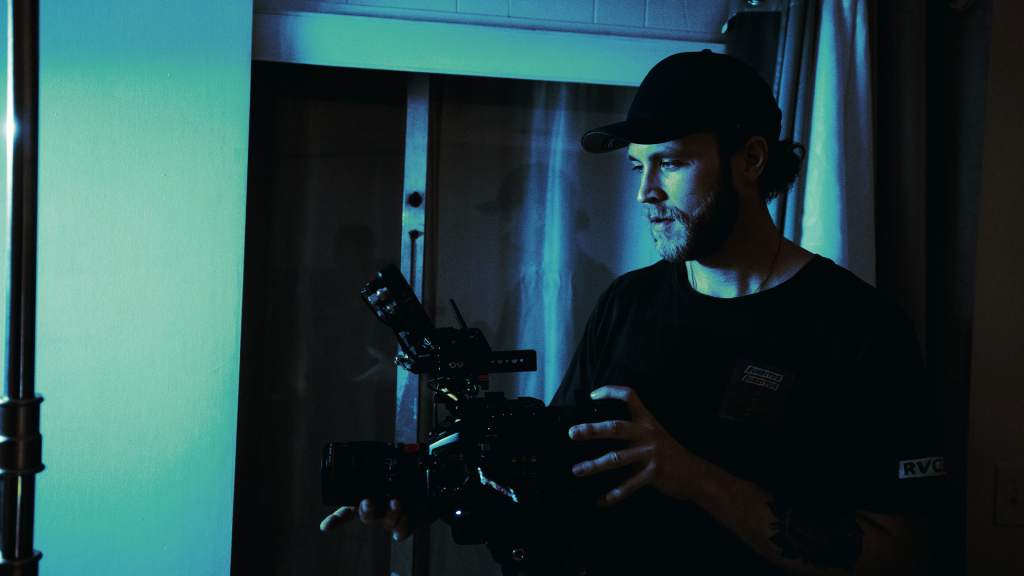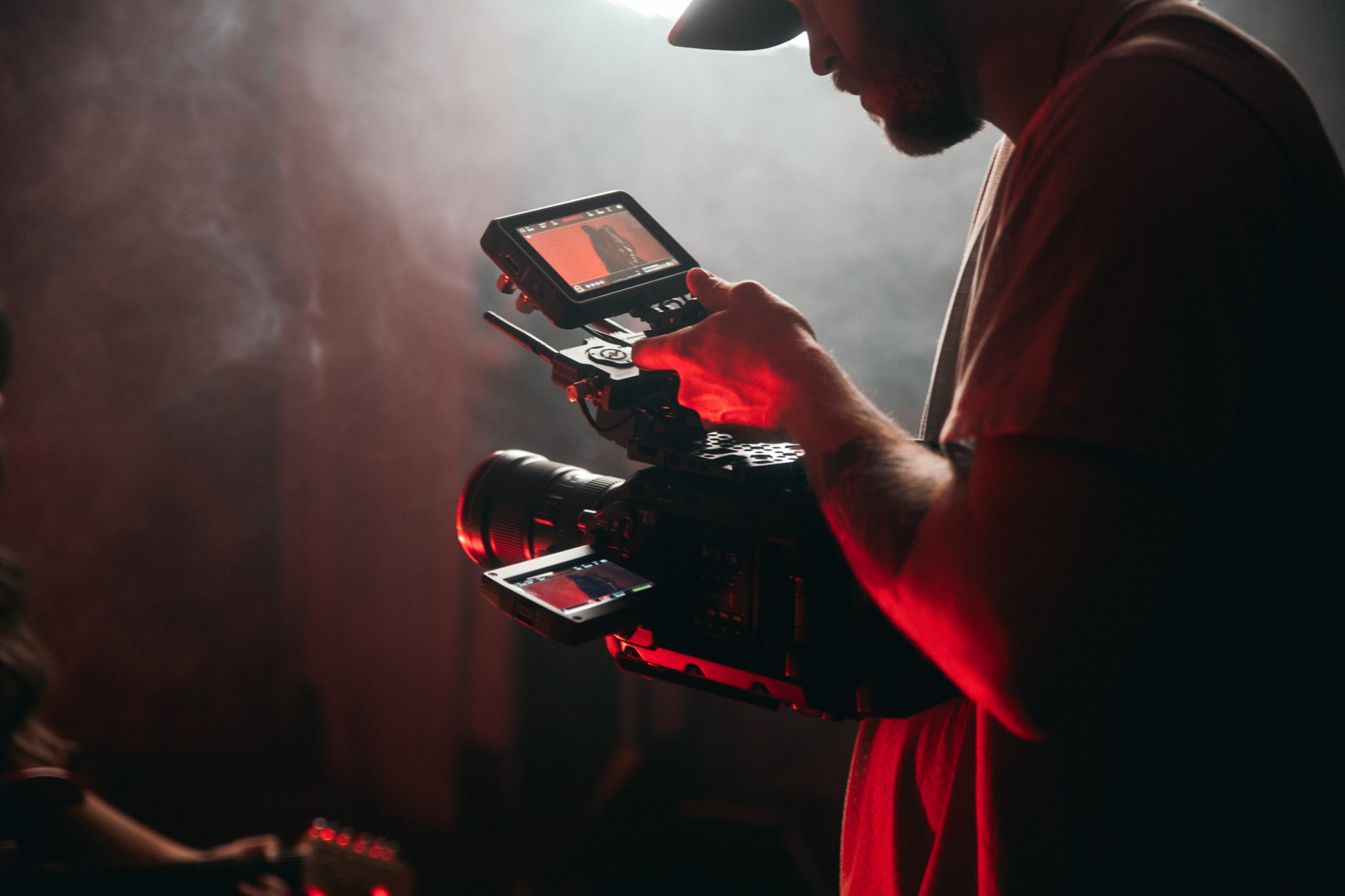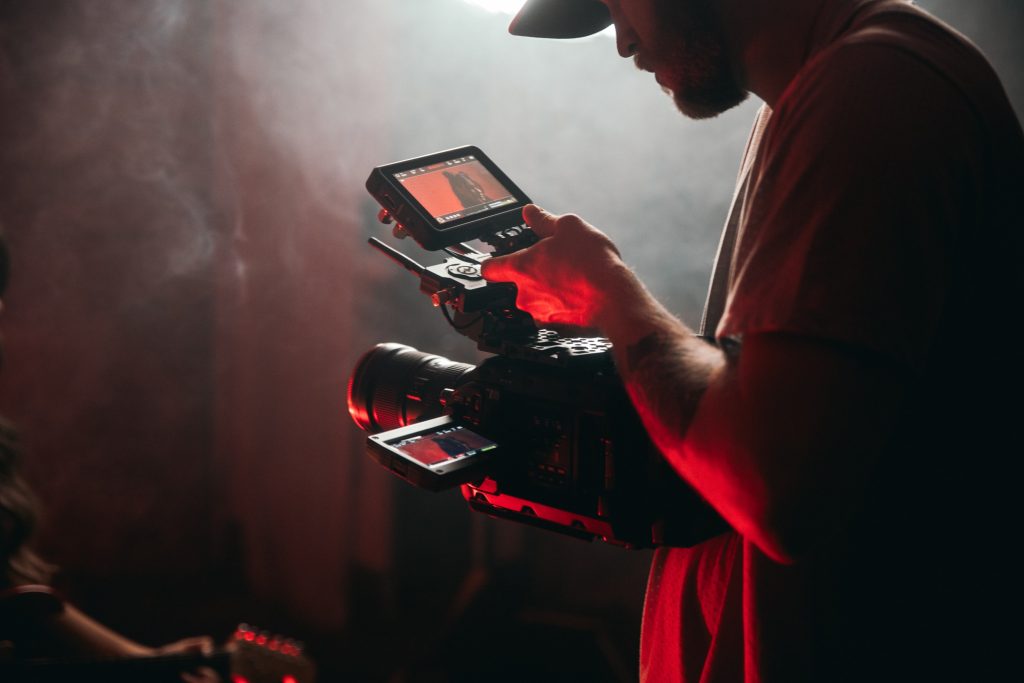IBC 2022, saw the industry back together and relatively back to normal with over 1000 exhibitors and 37,071 people in attendance from 170 countries. And with nine of us in attendance from neuco, we were back in full force too!
After 3 years away, there was such a positive atmosphere with everyone so relieved to be meeting face-to-face in Amsterdam again. And while I was told attendance was down around 30% from 2019, it certainly felt busy and thriving on the floor to me.
There was an obvious underlying theme to the first day conversations, with everyone comparing their various travel delays – neuco being no exception! My first lesson of the show was definitely to book an earlier flight into Schiphol, although I’m not sure whether after our three and half hour’s stint in Gatwick’s Wagamama’s we will be welcome back…
Despite the travel disruption everyone was up early and ready to go on Friday, and you could feel the buzz of everyone so excited to be back at the RAI Amsterdam again. As my first trade show experience and just a month in to joining neuco, I wasn’t entirely sure what to expect but I couldn’t have been more overwhelmed by how welcoming everyone was. I truly feel blessed to have met so many incredible individuals!
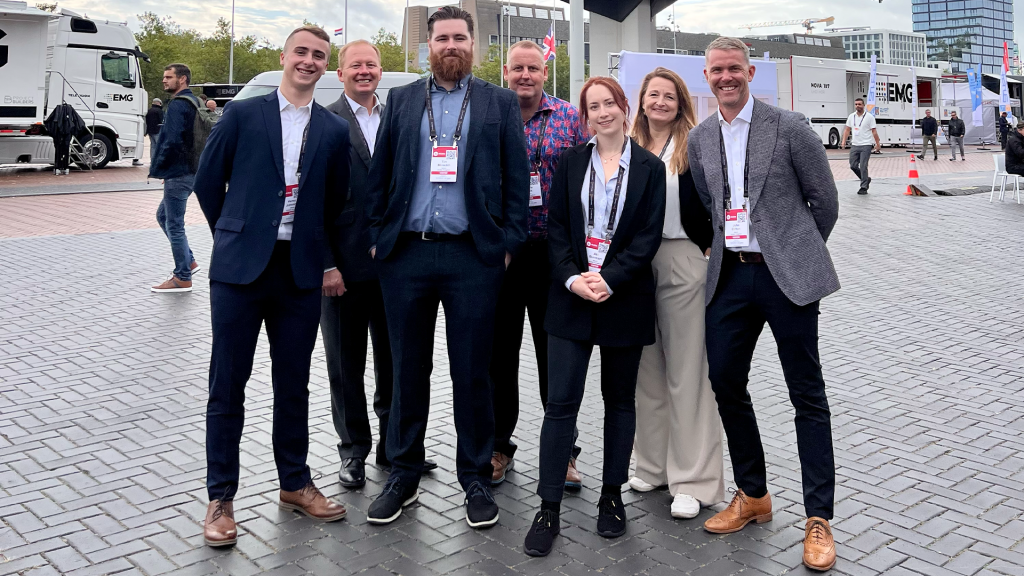
Being able to meet in person and surrounded by the latest cutting-edge tech, was not only incredible for building my industry understanding. But also proved how invaluable events like IBC are for building and maintaining those long-term relationships that are so essential for everything we do at neuco.
It was interesting to see the areas experiencing significant growth, in particular the CDN space, FAST network’s and subscription VOD were not showing any signs of slowing down. Hot topics on the floor remained focused on adoption of Cloud technology, as well as the importance of data analysis for understanding your end users and creating a more personalised service. It was great to see that accessibility was a key focus too with many discussions around how AI could be used to make tech more accessible and immersive.
As a woman joining the industry it was really welcomed to hear discussions around Diversion and Inclusion and especially what is being done to encourage continued improvements in these areas. Having just come from the Veterinary Medicine field, which is on the opposite end of the scale, it was a slight shock to the system stepping into such a male dominated field! If you are a woman in the space be sure to check out the Rise Group if you haven’t already. They are doing incredible work supporting, mentoring and advocating for women joining the media technology sector.
In the recruitment world it was incredible to see how many companies were growing, both in terms of expanding current teams and breaking into new markets. Not just is this great for us at neuco, with so many potential opportunities discussed, but also is such a promising sign that the industry is recovering from the challenges of the last few years. If nothing else, it was evident how highly in demand engineering talent is!
And beyond the business it was just incredible to be out in Amsterdam, we really made the most of our evenings socialising with our amazing partners at Ovyo and eating some delicious food. Plus, Tim couldn’t have been more excited to show us newbies the extensive cycling infrastructure…
In summary, I couldn’t have asked for a more jam-packed and exciting first trade-show experience. There really is nothing that can beat face-to-face interactions and I can’t wait for next year where I should have even more familiar faces to see.
